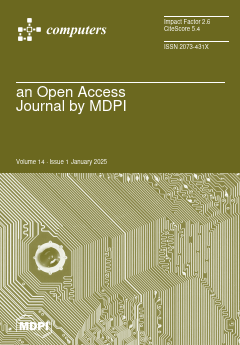The advancement of artificial intelligence (AI) technologies, including generative pre-trained transformers (GPTs) and generative models for text, image, audio, and video creation, has revolutionized content generation, creating unprecedented opportunities and critical challenges. This paper systematically examines the characteristics, methodologies, and challenges associated with
[...] Read more.
The advancement of artificial intelligence (AI) technologies, including generative pre-trained transformers (GPTs) and generative models for text, image, audio, and video creation, has revolutionized content generation, creating unprecedented opportunities and critical challenges. This paper systematically examines the characteristics, methodologies, and challenges associated with detecting the synthetic content across multiple modalities, to safeguard digital authenticity and integrity. Key detection approaches reviewed include stylometric analysis, watermarking, pixel prediction techniques, dual-stream networks, machine learning models, blockchain, and hybrid approaches, highlighting their strengths and limitations, as well as their detection accuracy, independent accuracy of 80% for stylometric analysis and up to 92% using multiple modalities in hybrid approaches. The effectiveness of these techniques is explored in diverse contexts, from identifying deepfakes and synthetic media to detecting AI-generated scientific texts. Ethical concerns, such as privacy violations, algorithmic bias, false positives, and overreliance on automated systems, are also critically discussed. Furthermore, the paper addresses legal and regulatory frameworks, including intellectual property challenges and emerging legislation, emphasizing the need for robust governance to mitigate misuse. Real-world examples of detection systems are analyzed to provide practical insights into implementation challenges. Future directions include developing generalizable and adaptive detection models, hybrid approaches, fostering collaboration between stakeholders, and integrating ethical safeguards. By presenting a comprehensive overview of AIGC detection, this paper aims to inform stakeholders, researchers, policymakers, and practitioners on addressing the dual-edged implications of AI-driven content creation.
Full article





